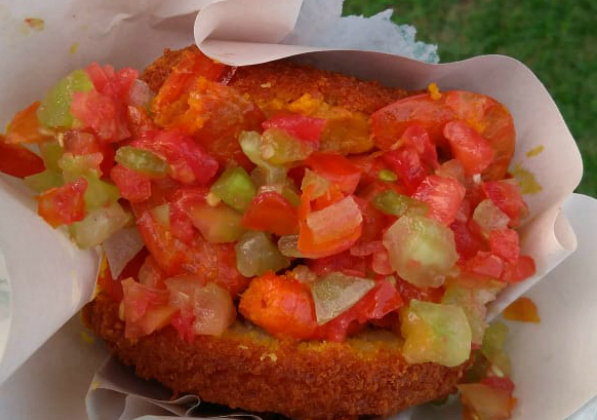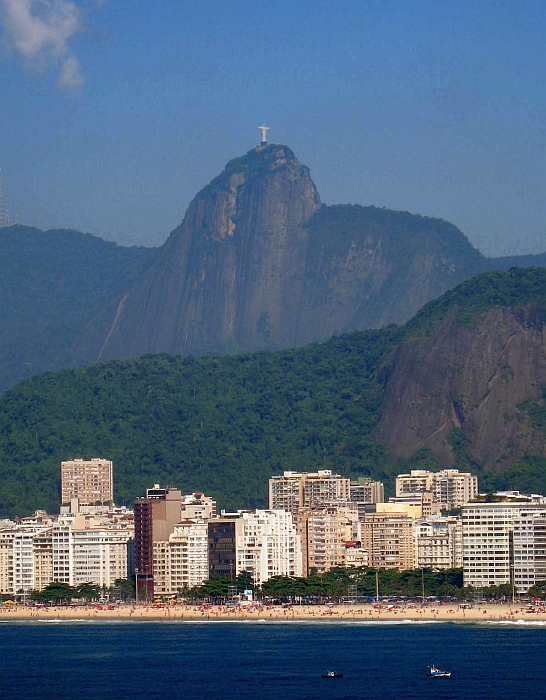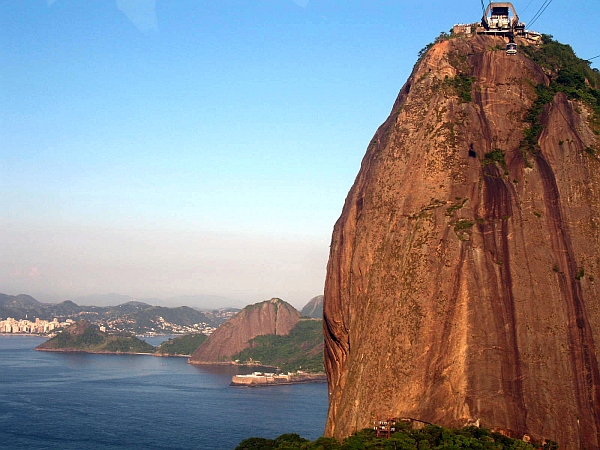Port 6 – Bahia da Salvador
We were diverted from the Brazilian town of Recife because the cruise ship and local port authorities ‘failed to reach an agreement’, whatever that was… Once at Bahia da Salvador, we found out that anyone who didn’t want to get mugged getting to the UNESCO heritage site of Cidade Alta (Upper Town) would have to take the Elevador Lacerda to reach it. For the next 2 hours, we tried every international bank ATM machine on the main street, including 3 trips to Citibank (its ATMs apparently take siestas…), in our quest for the $0.15 USD elevator fare.

Once out of the elevator, we were transported to a world of well restored Easter egg-colored Colonial buildings that house shops, galleries, cafes, and restaurants.

We sampled gelados (ice creams) through several ice cream shops and barely made a dent in the amazing selection of exotic flavors. Not knowing any Portuguese didn’t slow us down because of the sizzling Brazilian summer heat and sweltering humidity.

Acarajé, a crunchy Afro-Brazilian street food, is a bean fritter fried in dende (palm oil), filled with a paste of dried shrimps, nuts, dende, coconut milk, and augmented by heaps of okra & hot sauce. Yum!
Port 7 – Rio de Janeiro
Our cruise finally came to an end at Rio. After disembarking, we stayed for another two days before taking our flight into Manaus, the gateway to the Amazon. We found Brazil to be a surprisingly expensive country. My unscientific benchmark is the cost of ice cream – averaging at $4 a scoop, it’s not what I’d call developing country prices!
Because of security concerns, we didn’t carry much currency or credit cards. We once managed to snack through our combined assets and had to rely on the kindness of strangers for metro fares to get back to the hotel, but that’s another VERY long & embarrassing story…

H. Stern offers free shuttles from the cruise dock to its Gem Museum adjacent to the jeweler’s worldwide headquarters in the posh Ipanema neighborhood. This is a convenient way to get into a popular tourist area known for its upscale shopping and social beach scene.

After dutifully touring the boutique and failing to find anything I couldn’t live without, it was time to do some sightseeing.

We eventually made it to the next beach, the fabled Copacabana Beach. I had heard much about the beach and was excited to see if the beach lives up to the hype.

The black and white stone sidewalks of Copa Beach are called calçada. Designed by Roberto Burle Marx and completed in 1970, the main streets alongside the calçadas are turned into a pedestrian-only zone and closed to 4-wheeled traffic on Sundays.

Our quest for Beautiful People at the fabled Copa Beach was a bust. We made the strategic mistake of showing up before noon, when no self-respecting BP would have rolled out of bed!
The next day we headed for Rio’s other attractions. The 1,299 foot Pão de Açúcar (Sugar Loaf) mountain is the second most visited tourist site in Rio. It’s only accessible by a 2-stage cable car with the base terminal close to Praia Vermelha (Red Beach). The tram makes an intermediate stop at Morro da Urca at 722 feet, where you can hop off to enjoy panoramic views from the multi-level outdoor terraces and get some snacks. It was at Sugar Loaf that I bought the most expensive ice cream cone in all my travels – $7 for a single take-out scoop!!

We stayed till dusk and spent some time taking pix of the amazing views from the observation platform before catching one of the last cars down.




